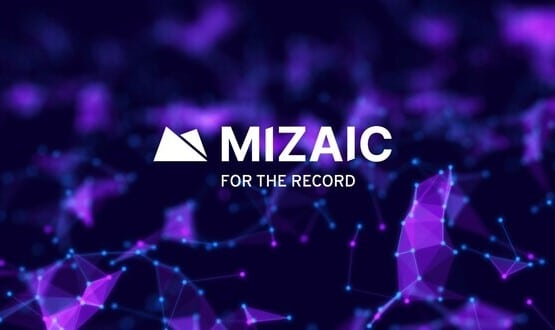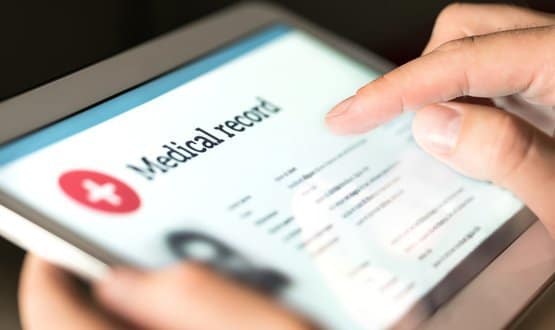Leeds leads the way on shared records
- 17 September 2015

The Leeds Care Record is live in all but one of the region’s GP practices, as well as in acute, mental health and community providers.
The integrated care initiative has 700 regular users, who can access an individual’s health and social care details held on a secure computer system at the Leeds Teaching Hospitals NHS Trust.
This information is view only and is taken from existing medical records, such as a GP record or hospital record, that are linked using Healthcare Gateway’s Medical Interoperability Gateway.
It is built upon and powered by the Leeds Teaching Hospitals' ppm+ platform and includes details such as medications, allergies, test results and information related to referrals, clinic letters and discharges.
Speaking to Digital Health News Dr Tony Shannon, director of Leeds Care Record, said it has gone “from a standing start to a very comprehensive rollout in the last 18 months.”
In addition to the 106 GP practices where it is live, Shannon said the record is accessible at Leeds hospitals, mental health trusts and to all of its community teams.
The Leeds Care Record is also set to include information from more sources in the coming months.
According to Shannon, mental health information will be available to view on the record and there are plans to introduce information from both community care and social care settings.
“By the end of this calendar year we will have rolled out to majority of city and we will have information coming in from the majority of the players from different parts of NHS and social care in Leeds.”
Regarding usage of the record, Shannon said that they had not rolled out users in a “big bang” approach, instead choosing to keep numbers low in its early days. “Our aim is now to have a steady increase [in users] over next few months.”
There are also plans to make it easier to use, such as allowing users to log in using a smart card and giving GPs the ability to log in directly from their clinical system. This has been implemented in the case of TPP’s SystmOne and work is currently being carried out on giving Emis users the same functionality.
Shannon, who spent five years as a clinical consultant for the national NHS Connecting for Health programme, said that one of the key things about the Leeds project is that is has been locally driven.
“Leeds Care Record is very much a Leeds story. Communications are targeted at the local population, the main brand is very local. It’s made it much easier.”
Shannon is also keen for other areas of the NHS to learn from the work done to create the Leeds Care Record.
This is being done through Ripple, a programme set up by the Leeds partners and led by Leeds City Council to support open collaboration in NHS IT.
Shannon, who also serves as director of Ripple, said: “We wanted to grow a community around what we are doing and share what we are doing with the rest of the NHS.”




